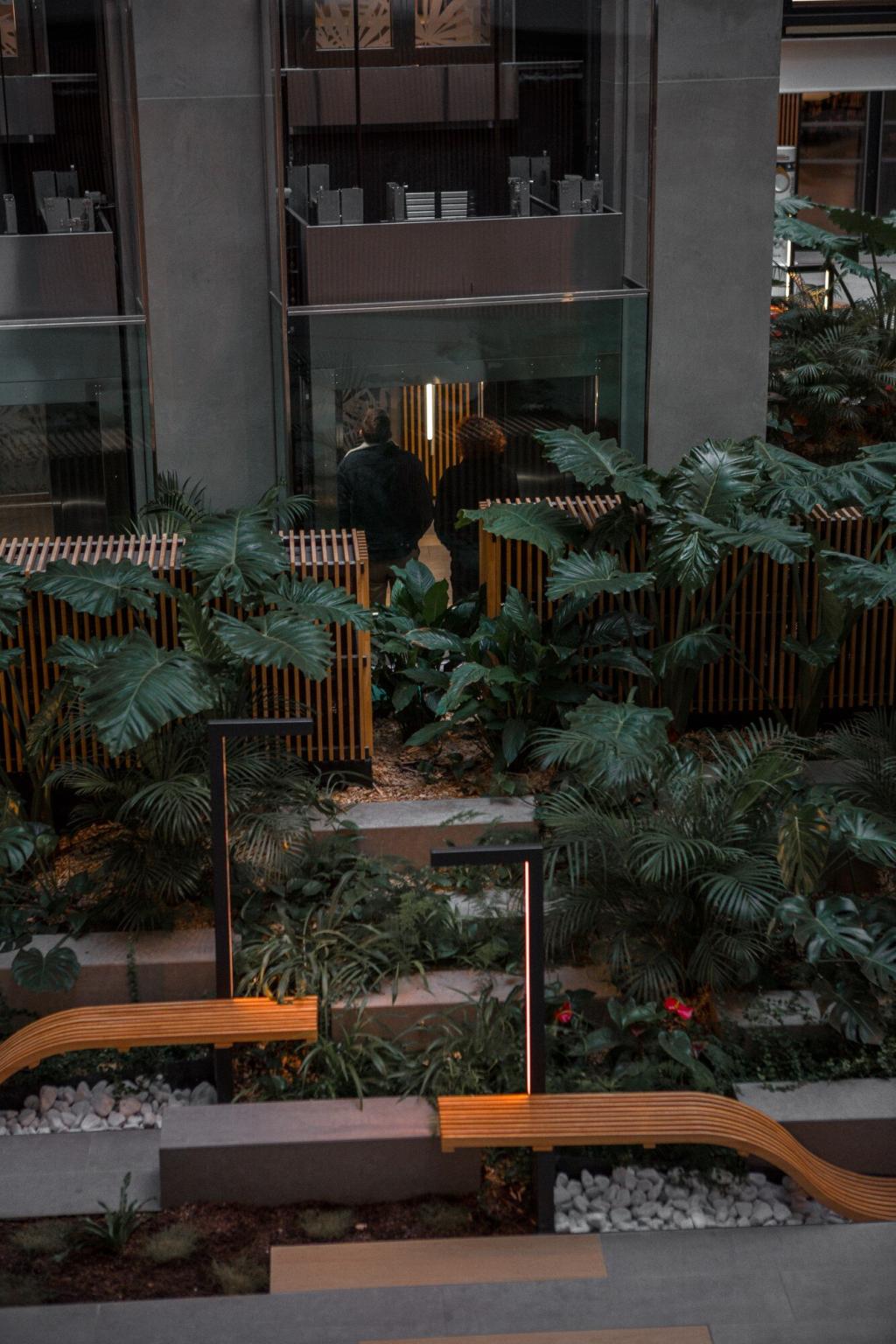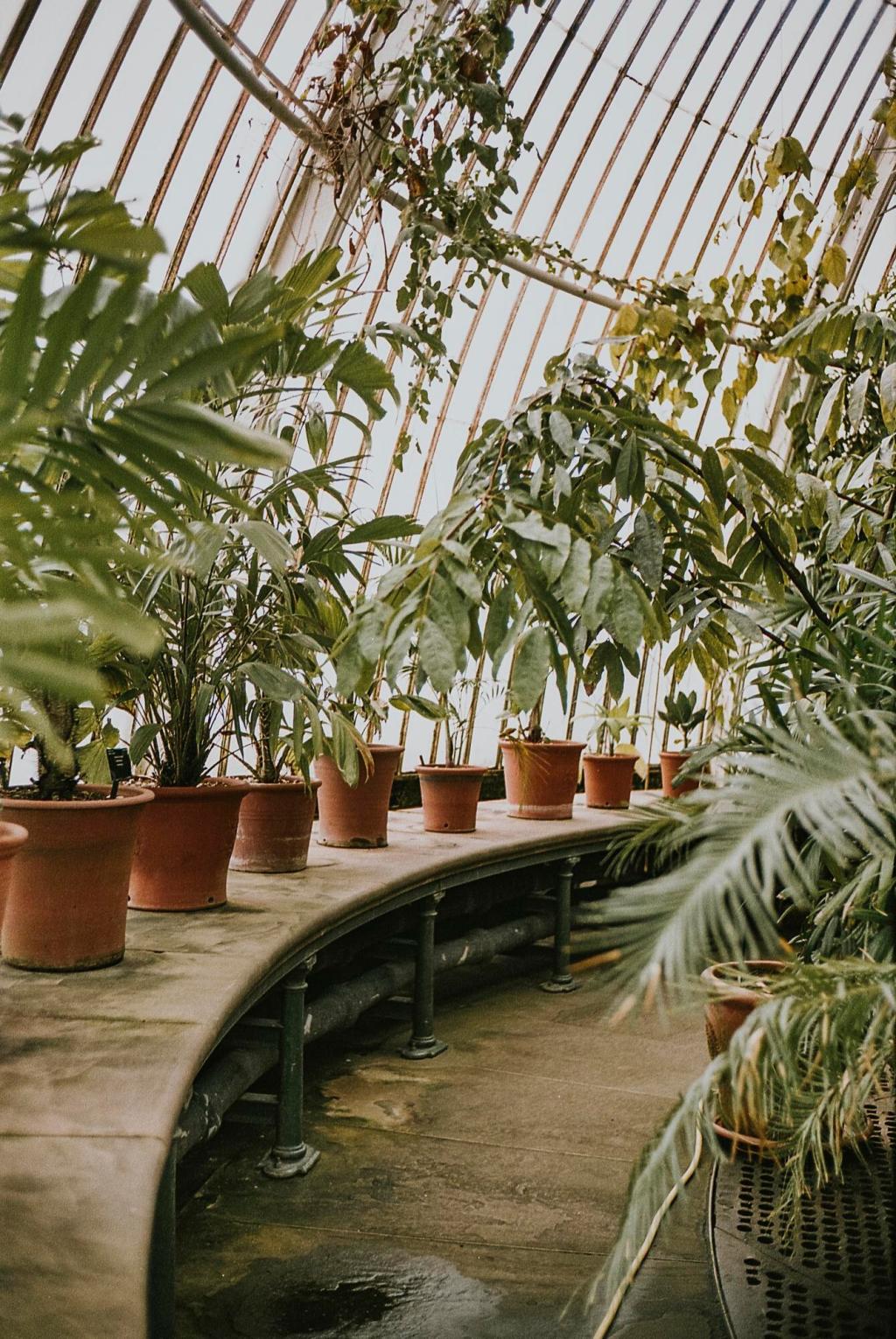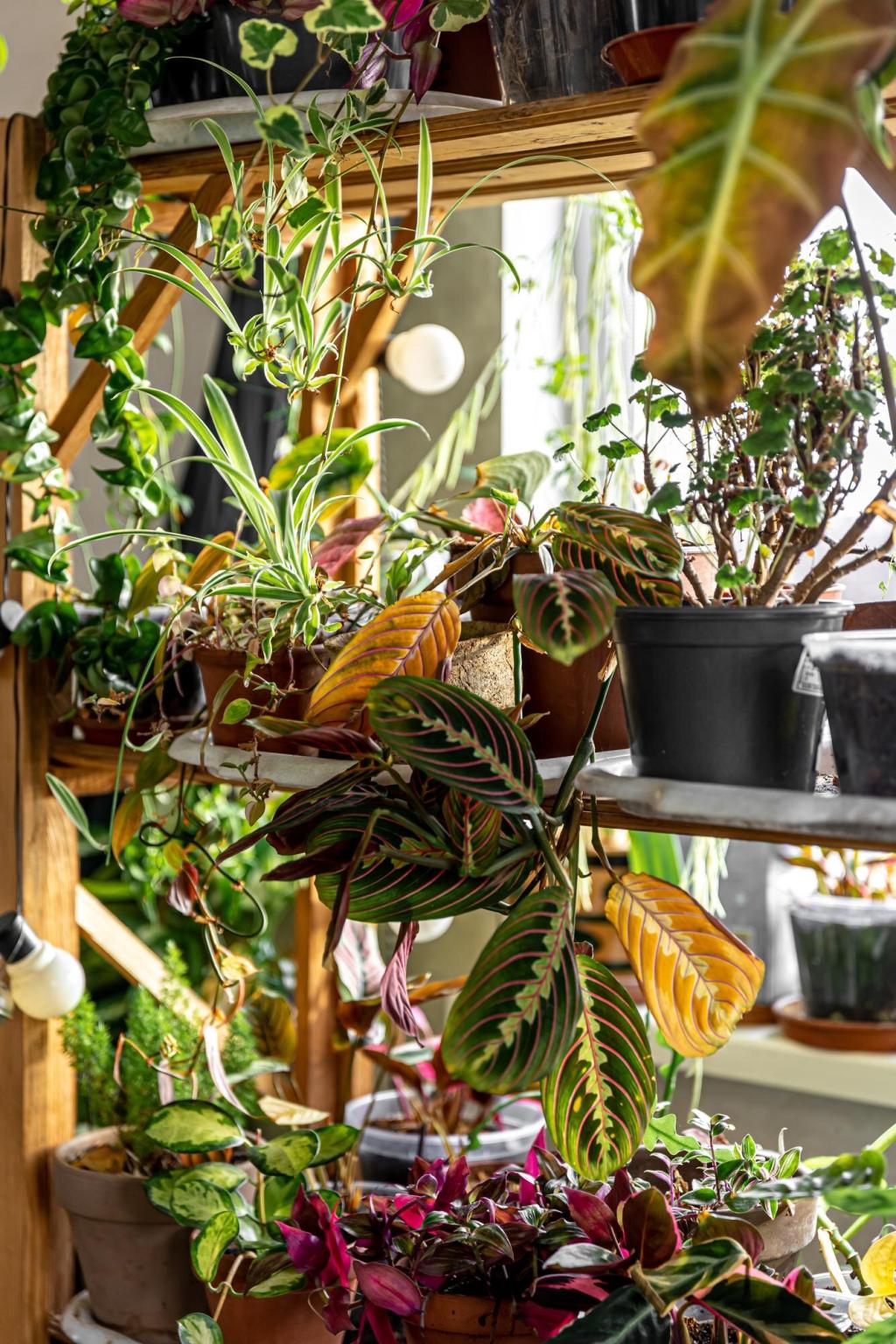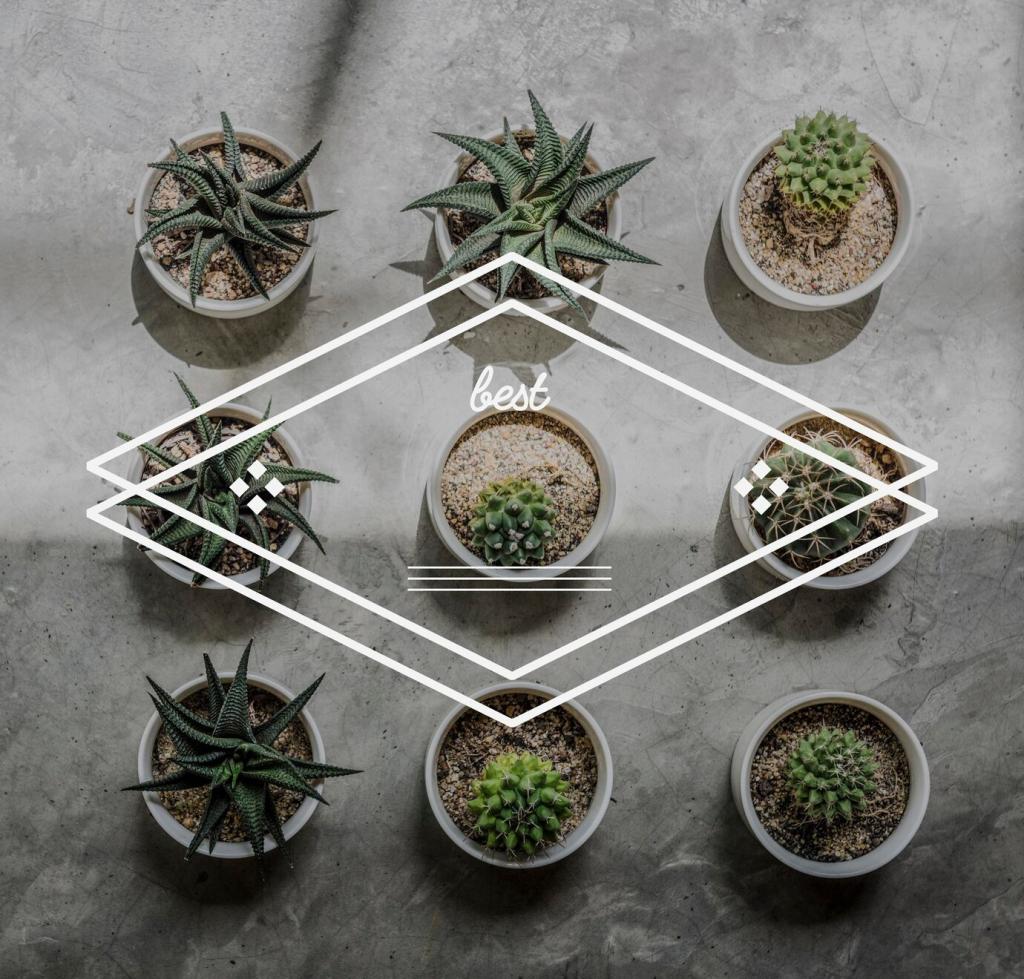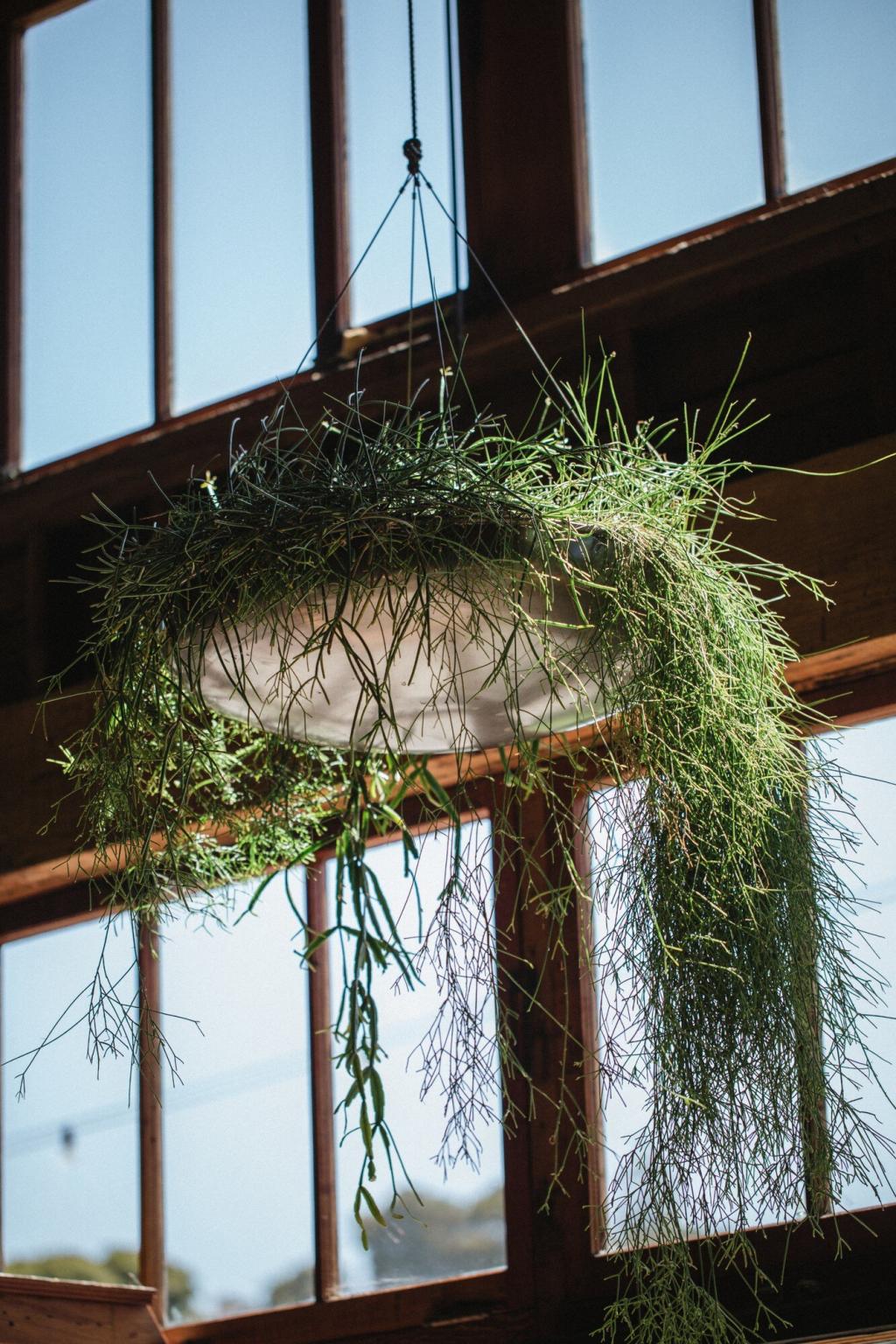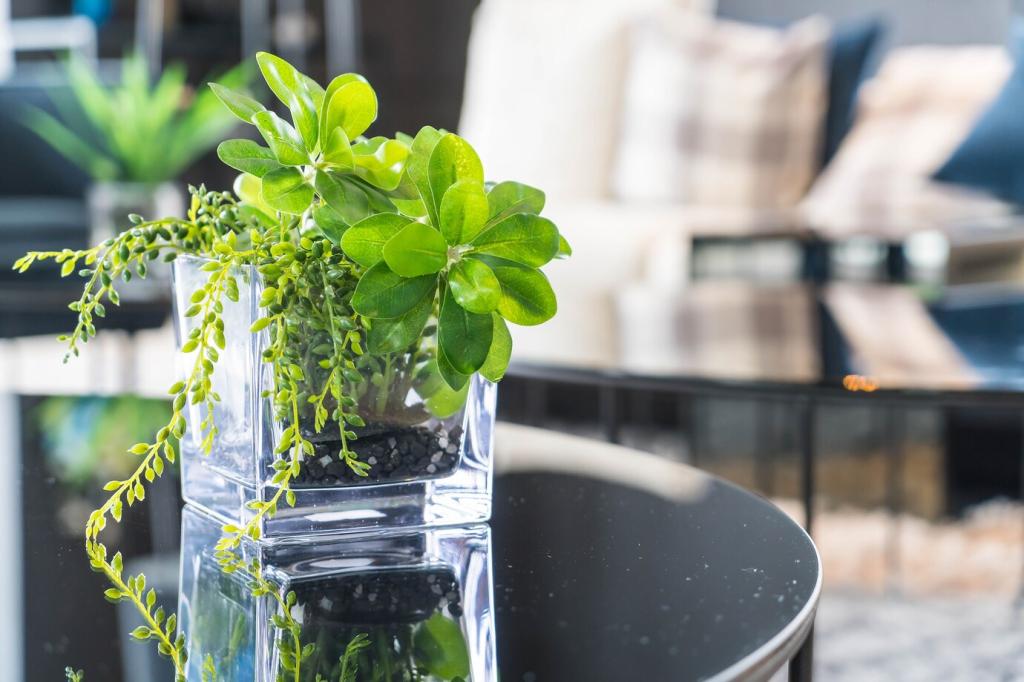Color Palettes That Breathe
Choose low-contrast, low-chroma neutrals that hold light gently. Look for paints with a balanced undertone and an LRV around 60–75 to keep spaces bright yet restful. Test large swatches across daylight and evening to prevent undertone surprises.
Color Palettes That Breathe
Let muted sage, powder blue, cloud gray, or dusty terracotta play the supporting role. Use the 60-30-10 guideline to avoid color overwhelm, and repeat accents across textiles to create calm rhythmic echoes rather than jarring bursts.

